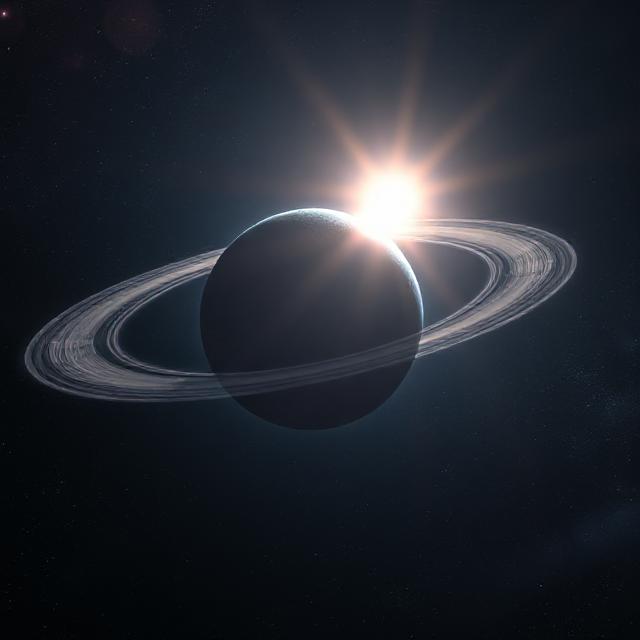Astronomers have discovered two new planets orbiting a star called HD 35843, which is similar to our Sun but has less metal in its makeup. This discovery is exciting because these planets are quite different from those in our own solar system and could help us learn more about how planets form and what they are made of.
How Were the Planets Discovered?
The outer planet, named HD 35843 c, was first spotted by volunteers in the Planet Hunters TESS project. This is a citizen science program where people from around the world look at data from NASA’s TESS space telescope to find signs of planets. Out of 15 volunteers who checked the data, 14 noticed a dip in the star’s brightness, which happens when a planet passes in front of its star. This dip is called a “transit.” Scientists then used more observations and special checks to make sure this was really a planet and not a mistake or a different kind of object.
The inner planet, HD 35843 b, was found using a different method. Astronomers used a very sensitive instrument called ESPRESSO to measure tiny wobbles in the star’s movement, which can be caused by the gravity of an orbiting planet. This method is called the “radial velocity” technique.
Meet the Planets: HD 35843 b and HD 35843 c :
HD 35843 c is a “sub-Neptune” planet, which means it’s bigger than Earth but smaller than Neptune. It goes around its star once every 47 days. Its size is about two and a half times that of Earth, and it is over 11 times heavier. It’s not as hot as many other planets discovered by TESS, with a temperature of about 480 K (about 207°C), making it one of the cooler planets found so far. Scientists think this planet could be rocky with a thick layer of hydrogen gas, or it might be a “water world” with a lot of water inside-something we don’t see in our own solar system.
HD 35843 b is closer to the star and takes just under 10 days to complete one orbit. It’s about six times heavier than Earth. However, this planet doesn’t pass in front of its star from our point of view, so we can’t see it “transit” like the outer planet. This makes it harder to learn details like its size or what its atmosphere is made of.
Why Is This Discovery Important?
Most of the planets we know about outside our solar system are either much bigger than Earth or orbit very close to their stars. Finding a planet like HD 35843 c, which is both a good size for study and orbits at a comfortable distance from its star, is rare. Out of thousands of known exoplanets, only a small number are like this one, making it a valuable target for future research.
The fact that the two planets in this system are so different and have unusual orbits also gives scientists clues about how planetary systems form and change over time. For example, the outer planet crosses in front of its star, but the inner one does not. This could mean their orbits are tilted in different ways, possibly because of past events that changed their paths.
What’s Next?
HD 35843 is a bright star, which means telescopes can study it in more detail. In the future, astronomers hope to use powerful telescopes to examine the atmosphere of HD 35843 c. This could help answer questions about whether it’s a rocky planet with gas, a water world, or something else entirely. The TESS telescope will also look at this star again soon, which might reveal even more surprises.
This discovery shows that our universe is full of surprises and that anyone-even volunteers at home-can help unlock its secrets.








